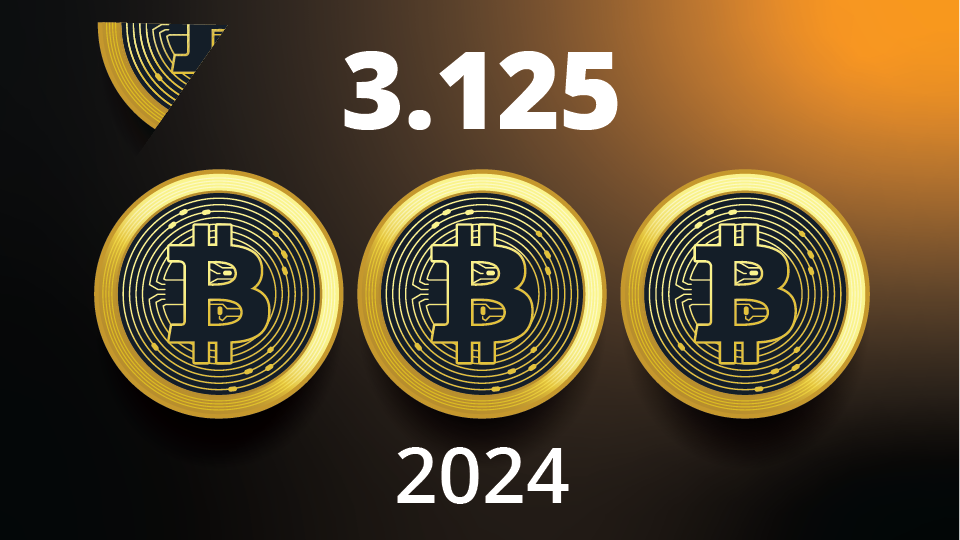The Cryptocurrency Dilemma for Governments: Hoarding, Utilizing, and Offloading
17 April 2023
Share with a Friend
All fields required where indicated (*)Cryptocurrencies have gained widespread adoption around the world, with governments also getting involved in the digital asset space. Some governments intentionally invest in cryptocurrencies, while others inadvertently end up holding significant amounts of crypto. In this article, we will explore how governments acquire cryptocurrencies, which governments are known to hoard crypto, the reasons behind their actions, what they do with their crypto holdings, and how they offload them.
Governments can acquire cryptocurrencies through various means, such as confiscation from criminals involved in illegal activities (i.e. money laundering or ransomware attacks). When law enforcement agencies seize these assets, they may hold them as evidence during legal proceedings. Governments can also receive cryptocurrencies as donations or grants from individuals or organizations. In some cases, governments will purchase or acquire these assets as part of their investment strategies (i.e. El Salvador).
Several governments have been known to hoard cryptocurrencies, with varying reasons behind their actions. One primary reason is the potential for capital appreciation. Governments may also view cryptocurrencies as a hedge against inflation or currency devaluation, particularly in countries with unstable fiat currencies. Another reason governments hoard cryptocurrencies is to gain strategic advantages. Cryptocurrencies can enhance a government's technological capabilities and competitiveness in the digital economy.
So, what do governments do with their crypto holdings? The answer varies depending on the government's objectives. Some governments may hold cryptocurrencies as a long-term investment, similar to how they hold stocks or bonds. They may wait for the value of cryptocurrencies to appreciate further before deciding to sell or utilize them.
Other governments may choose to actively utilize cryptocurrencies for various purposes. For example, some governments have started accepting cryptocurrencies as a form of payment for taxes, fees, or government services. This can be seen as a way to promote adoption and integration of cryptocurrencies into the mainstream economy. Some governments may also utilize cryptocurrencies for remittances, international trade, or as a means of circumventing traditional banking systems.
However, governments that do not see cryptocurrencies as a viable option or face regulatory challenges may choose to offload their crypto holdings. Governments may sell their cryptocurrencies on public exchanges, private OTC markets, or through auctions. It's important to note that the offloading of cryptocurrencies by governments can impact the market. Large sell-offs of cryptocurrencies by governments or other entities can affect the price and volatility of the market, potentially leading to market disruptions and impacting investor sentiment. For example, the US government holds a significant amount of Bitcoin by seizing operations of Silk Road, the infamous dark web marketplace. The US government currently holds over 1.06% of the circulating Bitcoin supply. Occasionally, the Bitcoin held by the US government is on the move, startling the market with the fear that a liquidation may follow.
The relationship between governments and crypto is complex, with governments making diverse decisions based on their objectives and the evolving landscape of the crypto market. The top holdings of crypto by governments are mostly derived from seized assets. This may change when regulation around trading, usage and holding of crypto is formalized.
Important Information
We publish this newsletter to inform and educate about recent market developments and technological updates, not to give any recommendation for certain products or projects. The selection of articles should therefore not be understood as financial advice or recommendation for any specific product and/or digital asset. We may occasionally include analysis of past market, network performance expectations and/or on-chain performance. Historical performance is not indicative for future returns.
ETN Disclaimer
Important information
For informational and advertising purposes only.
This information originates from VanEck (Europe) GmbH, Kreuznacher Straße 30, 60486 Frankfurt am Main. It is intended only to provide general and preliminary information to investors and shall not be construed as investment, legal or tax advice. VanEck (Europe) GmbH and its associated and affiliated companies (together “VanEck”) assume no liability with regards to any investment, divestment or retention decision taken by the investor on the basis of this information. Views and opinions expressed are current as of the date of this information and are subject to change with market conditions. Certain statements contained herein may constitute projections, forecasts and other forward looking statements, which do not reflect actual results. VanEck makes no representation or warranty, express or implied regarding the advisability of investing in securities or digital assets generally or in the product mentioned in this information (the “Product”) or the ability of the underlying Index to track the performance of the relevant digital assets market.
The underlying Index is the exclusive property of MarketVector Indexes GmbH, which has contracted with CryptoCompare Data Limited to maintain and calculate the Index. CryptoCompare Data Limited uses its best efforts to ensure that the Index is calculated correctly. Irrespective of its obligations towards the MarketVector Indexes GmbH, CryptoCompare Data Limited has no obligation to point out errors in the Index to third parties.
Investing is subject to risk, including the possible loss of principal up to the entire invested amount and the extreme volatility that ETNs experience. You must read the prospectus and KID before investing, in order to fully understand the potential risks and rewards associated with the decision to invest in the Product. The approved Prospectus is available at www.vaneck.com. Please note that the approval of the prospectus should not be understood as an endorsement of the Products offered or admitted to trading on a regulated market.
Performance quoted represents past performance, which is no guarantee of future results and which may be lower or higher than current performance.
Current performance may be lower or higher than average annual returns shown. Performance shows 12 month performance to the most recent Quarter end for each of the last 5yrs where available. E.g. '1st year' shows the most recent of these 12-month periods and '2nd year' shows the previous 12 month period and so on. Performance data is displayed in Base Currency terms, with net income reinvested, net of fees. Brokerage or transaction fees will apply. Investment return and the principal value of an investment will fluctuate. Notes may be worth more or less than their original cost when redeemed.
Index returns are not ETN returns and do not reflect any management fees or brokerage expenses. An index’s performance is not illustrative of the ETN’s performance. Investors cannot invest directly in the Index. Indices are not securities in which investments can be made.
No part of this material may be reproduced in any form, or referred to in any other publication, without express written permission of VanEck.
© VanEck (Europe) GmbH
Important Disclosure
This is a marketing communication. Please refer to the prospectus of the UCITS and to the KID before making any final investment decisions.
This information originates from VanEck (Europe) GmbH, which has been appointed as distributor of VanEck products in Europe by the Management Company VanEck Asset Management B.V., incorporated under Dutch law and registered with the Dutch Authority for the Financial Markets (AFM). VanEck (Europe) GmbH with registered address at Kreuznacher Str. 30, 60486 Frankfurt, Germany, is a financial services provider regulated by the Federal Financial Supervisory Authority in Germany (BaFin).
The information is intended only to provide general and preliminary information to investors and shall not be construed as investment, legal or tax advice VanEck (Europe) GmbH, VanEck Switzerland AG, VanEck Securities UK Limited and their associated and affiliated companies (together “VanEck”) assume no liability with regards to any investment, divestment or retention decision taken by the investor on the basis of this information. The views and opinions expressed are those of the author(s) but not necessarily those of VanEck. Opinions are current as of the publication date and are subject to change with market conditions. Certain statements contained herein may constitute projections, forecasts and other forward-looking statements, which do not reflect actual results. Information provided by third party sources is believed to be reliable and have not been independently verified for accuracy or completeness and cannot be guaranteed. Brokerage or transaction fees may apply.
All performance information is based on historical data and does not predict future returns. Investing is subject to risk, including the possible loss of principal.
No part of this material may be reproduced in any form, or referred to in any other publication, without express written permission of VanEck.
© VanEck (Europe) GmbH / VanEck Asset Management B.V.
Sign-up for our ETF newsletter
Related Insights
Related Insights
22 April 2024
20 April 2024
26 February 2024
26 February 2024



